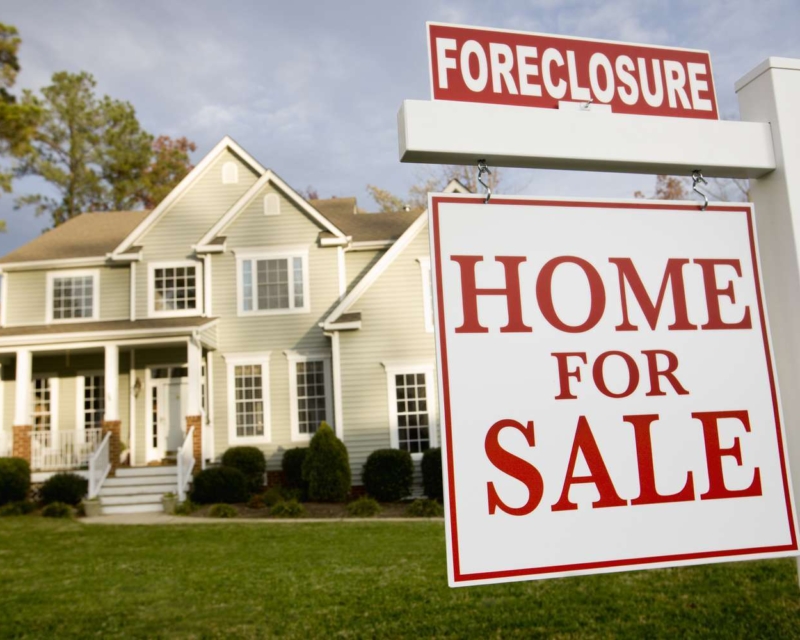Rising Home Foreclosures: A Sign of Economic Strain
In a troubling echo of past economic downturns, home foreclosures are once again on the rise nationwide. According to a recent report by real estate data provider ATTOM, May saw 32,621 properties with foreclosure filings, encompassing default notices, scheduled auctions, and bank repossessions. This uptick, marking a 3% increase from the prior month, signals a growing strain on American homeowners.
The data, while showing a 7% decline from the previous year, nonetheless paints a concerning picture. It suggests that many families are finding it increasingly difficult to keep up with mortgage payments, a situation exacerbated by lingering economic pressures. For a country still recovering from the financial aftershocks of the pandemic, this rise in foreclosures could herald deeper issues within the housing market and the broader economy.
One might wonder why, amid reports of economic recovery, foreclosures are ticking upwards. The answer lies in the complex interplay of inflation, stagnant wages, and the residual impacts of COVID-19. Inflation, which has been a persistent thorn in the side of many households, continues to erode purchasing power. Despite some recent stabilization, the cost of living remains high, squeezing budgets that were already tight.
Moreover, wage growth has not kept pace with inflation, leaving many families with less disposable income. As essential costs rise, so do the financial burdens of maintaining a home. For those who lost jobs or faced reduced hours during the pandemic, the financial buffer to absorb these shocks has been depleted, pushing more into the precarious position of foreclosure.
Another factor contributing to the rise in foreclosures is the end of pandemic-era protections. Moratoriums on evictions and foreclosures provided temporary relief, but as these measures expire, those who benefited from them are now facing the harsh reality of their financial obligations. The backlog of delayed foreclosures is now surfacing, adding to the current numbers.
The ripple effects of increased foreclosures extend beyond the affected families. Neighborhoods with high foreclosure rates often see declines in property values, affecting entire communities. Additionally, the strain on financial institutions managing these foreclosures can have broader economic implications, potentially leading to tighter credit conditions and more cautious lending practices.
As we navigate these uncertain times, the rise in foreclosures serves as a stark reminder of the fragile state of many American households. Policymakers must pay close attention to these trends and consider interventions that could provide relief to struggling homeowners. Solutions might include targeted financial assistance, support for refinancing options, or new policies aimed at increasing wage growth and combating inflation.
In the end, the story of rising foreclosures is not just about numbers; it’s about the lives and homes at risk. It calls for a renewed focus on creating a resilient economic environment where all Americans have the opportunity to thrive and secure a stable place to call home.






